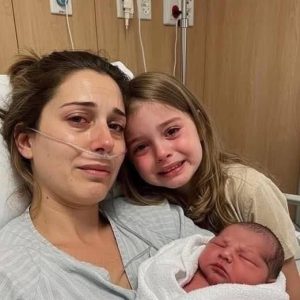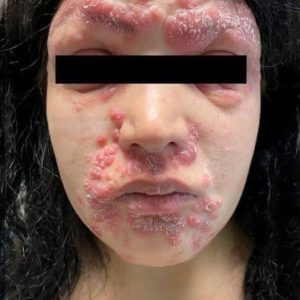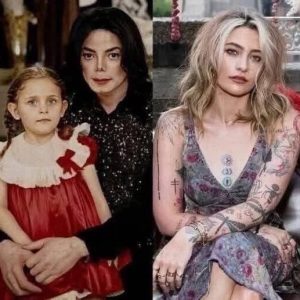If you’ve noticed a strange white substance oozing from your chicken breast during baking or roasting, don’t worry—this is completely normal and harmless. Even professional chefs encounter it. It’s not a sign of spoilage or undercooking.
The white goo is simply a mix of water and denatured protein. Chicken breasts are high in protein and low in fat, so when heated, the proteins break down and release water. This creates a white, slightly sticky residue on or around the meat.
Certain conditions make this more likely:
-
Skinless, boneless chicken breasts
-
High cooking temperatures
-
Cooking partially frozen chicken, where ice crystals damage muscle fibers, causing more fluid to escape
Although it may look unappetizing, the goo is safe to eat. It doesn’t affect the flavor or indicate anything is wrong. However, always watch for actual signs of spoilage like a sour smell, slimy texture, or grayish color in raw chicken.
If you’d like to reduce the appearance of the white residue:
-
Cook at lower temperatures
-
Brine the chicken to help retain moisture
-
Sear before baking to lock in juices
-
Bring chicken to room temperature before cooking to reduce moisture loss
In the end, the white stuff is just a natural byproduct of cooking lean poultry. While it might not look great, it’s entirely safe and doesn’t mean you’ve done anything wrong in the kitchen.




